nutrition
October 16, 2018

Published by Bibi-Aisha Wadvalla at Oct 16 2018
Categories
Hunger is devastating. Tonight, close to one billion people around the world will go to bed hungry. Tomorrow they’ll do the same. And the same the day after. Their children are also likely to be caught in this damaging cycle.
July 25, 2018

Published by Bibi-Aisha Wadvalla at Jul 25 2018
Bangladesh is largely an agricultural-based economy. According to the World Bank, almost half of all workers are directly employed by agriculture. The sector is credited with greatly reducing the country’s poverty rate due to rapid growth.
July 22, 2018
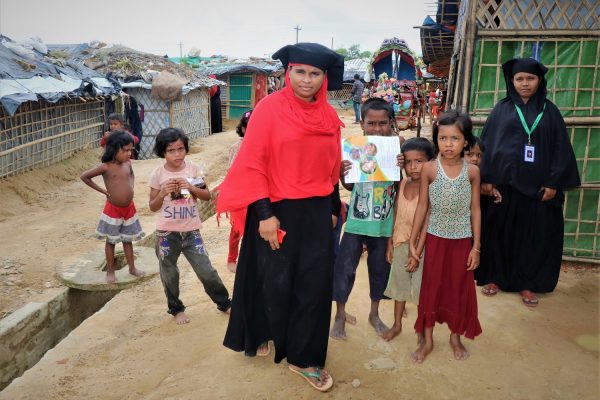
Published by Jebi Rahman at Jul 22 2018
Preventative measures are alarmingly necessary. Malnutrition has been flagged at acute emergency levels. Any outbreak of disease in the settlements would quickly claim the lives of thousands of malnourished children.
May 14, 2018
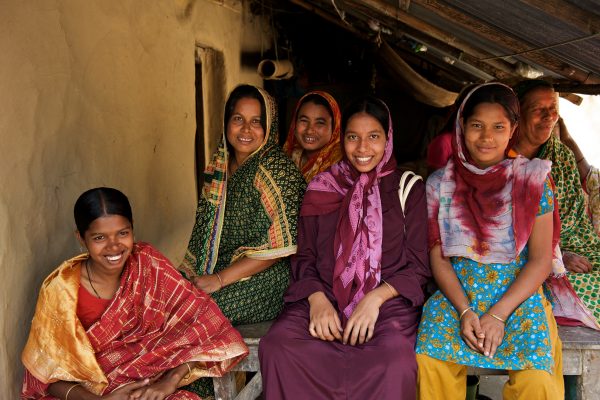
Published by Bibi-Aisha Wadvalla at May 14 2018
Categories
Bangladesh has one of the world’s highest rates of maternal and child malnutrition. An estimated six million children are chronically undernourished. Many pregnant women are underweight, anaemic, and consume a nutrient-poor diet.
April 5, 2016
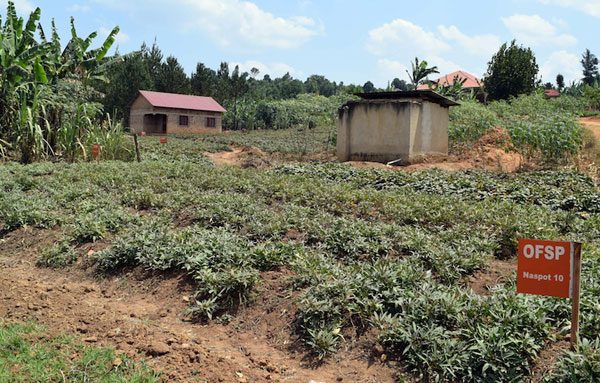
Published by Tarini Mohan at Apr 05 2016
Categories
Albrecht Dürer’s masterful woodcut, ’Four Horsemen of the Apocalypse’ is drawn from the Book of Revelation, the last book of the Bible’s New Testament. In it, the horsemen ride on red, black, white and pale horses, symbolising war, famine, conquest and death.
September 12, 2015
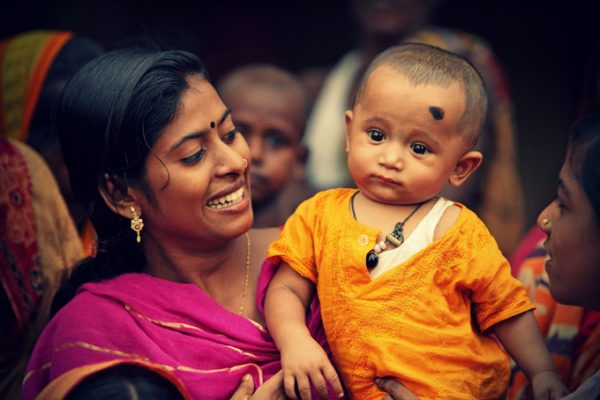
Yet like any ambitious set of targets, not all the MDGs were fully met by many countries. Rather the goals worked as a framework upon which they could build their development policies and translate the policies into action. Let’s focus on one tiny target of a goal, yet one whose impact on the coming generations is most persisting: undernutrition. Undernutrition, a form of malnutrition, is a deficiency of calories of one or more essential nutrients. Two of the most used indicators to measure undernutrition are underweight and stunting.
January 13, 2015
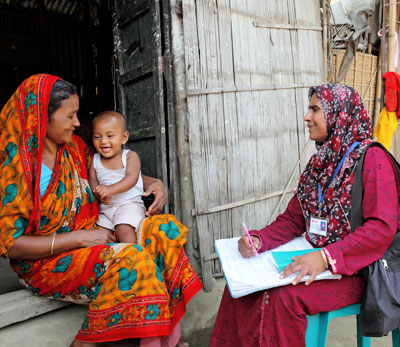
Published by Tapash Roy at Jan 13 2015
There is a lot of room for innovation when it comes to health. In a resource-poor country like Bangladesh, effective and low-cost preventive and basic curative interventions can save millions of lives. If they are rooted in community demand and context, they can be implemented at a great scale.
June 4, 2014

Published by Mahabub Hossain at Jun 04 2014
Over the past 50 years, agricultural research has improved crop yields, particularly of staples like cereals and tubers. But this breeding has placed too little emphasis on nutrition, leaving the poorest, who often can only afford these staples, consuming too few essential nutrients like iron, zinc and vitamin A.
May 25, 2014

Published by Nowshin Jahan at May 25 2014
Bangladesh is rated as one of the 36 high malnutrition burdened countries in the world. Although it was widely perceived that malnutrition could be curbed down by increasing peoples’ income, recent studies have shown that it is not always the case. Malnutrition is not only under-nutrition but also over-nutrition, which leads to obesity leading to further health complications such as non-communicable diseases. Moreover, exposure to junk food coupled with a lack of knowledge on nutrition increases the prevalence of malnutrition across the mid and higher quintile of the population.
May 9, 2014
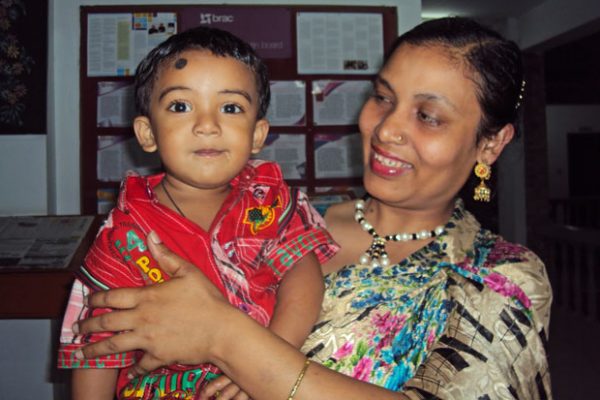
Published by Nowshin Jahan at May 09 2014
Asma Akhter had her first child at the age of 15. She had little knowledge on infant, young and child feeding (IYCF) practices and used to believe in superstitions and social taboos regarding child care. She had avoided breastfeeding her daughter within one hour of birth and had wrongly fed other lacteals during her child’s first six months.
April 1, 2014
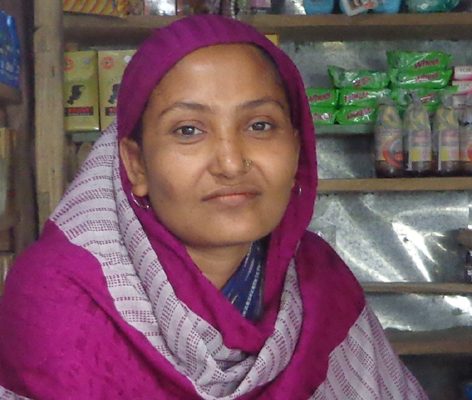
Published by Kazi Amit Imran at Apr 01 2014
BRAC has been recruiting and training shasthya shebikas, frontline community health promoters, in Bangladesh since 1972. Currently 97,000 shasthya shebikas and an additional 10,000 shasthya kormis, frontline community health workers, are providing a multitude of health services to Bangladesh’s communities. For tuberculosis (TB), they provide TB information, identify TB cases and administer directly observed treatment short- course (DOTS).
October 28, 2013

Published by Kazi Amit Imran at Oct 28 2013
Categories
The 2011 Lancet series says that about 2.6 billion people lack access to proper toilet facilities and about 980 million young people under 18 live in homes without basic sanitation. Moreover, research has shown that unimproved hygiene, inadequate sanitation, and insufficient and unsafe drinking water account for about seven per cent of the total disease burden and 19 per cent of child mortality worldwide.

